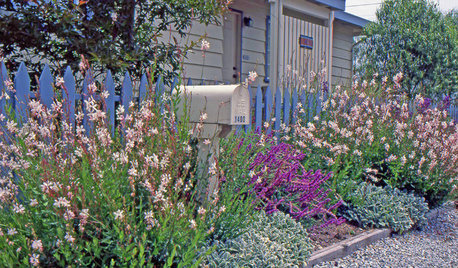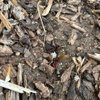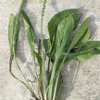Does any Gaura overwinter in Zone 5?
linnea56 (zone 5b Chicago)
16 years ago
Featured Answer
Sort by:Oldest
Comments (16)
laceyvail 6A, WV
16 years agoRelated Professionals
Simpsonville Landscape Architects & Landscape Designers · Ashland Landscape Architects & Landscape Designers · Middle River Landscape Architects & Landscape Designers · Salem Landscape Architects & Landscape Designers · Stoughton Landscape Contractors · Westwood Landscape Contractors · Galveston Landscape Contractors · Gresham Landscape Contractors · Lady Lake Landscape Contractors · Lyndhurst Landscape Contractors · Mequon Landscape Contractors · Old Saybrook Landscape Contractors · Tacoma Landscape Contractors · Northlake Landscape Contractors · Suisun City Landscape Contractorsgottagarden
16 years agosweetclg
16 years agolinnea56 (zone 5b Chicago)
16 years agodavid_5311
16 years agoentling
16 years agoanitamo
16 years agoleslie197
16 years agojlsch
16 years agohostared
16 years agopiegirl
16 years agodicot
16 years agowebkat5
16 years agospazzycat_1
16 years agodiggingthedirt
16 years ago
Related Stories

GARDENING GUIDESGreat Design Plant: Gaura Lindheimeri
Delicate, butterfly-shaped flowers ‘float’ above the foliage of this lovely, drought-tolerant perennial
Full Story
KIDS’ SPACES5 Ideas for a Great Home Learning Zone
Get your child off to a good start this school year with homework areas and strategies that reduce the frenzy
Full Story
LANDSCAPE DESIGNDoes Your Landscape Need a Little ‘Cosmic Latte’?
Beige — the color of the universe — can be both building block and backdrop in a contemporary garden
Full Story
GARDENING GUIDES6 Wonderfully Easy Roses for Any Gardener
Look like an expert even if you're just starting out, with these low-maintenance gems of the rose world
Full Story
GREEN BUILDINGInsulation Basics: Designing for Temperature Extremes in Any Season
Stay comfy during unpredictable weather — and prevent unexpected bills — by efficiently insulating and shading your home
Full Story
DECORATING GUIDES10 Ways to Tiptoe Out of Your Decorating Comfort Zone
Ease into waking up your space with small doses of decorating daring that express who you are right now
Full Story
MOST POPULARKitchen Evolution: Work Zones Replace the Triangle
Want maximum efficiency in your kitchen? Consider forgoing the old-fashioned triangle in favor of task-specific zones
Full Story
COLORTime to Step Out of Your Color Comfort Zone?
If you always seem to pick warm tones, or you stick to the cool ones, bucking your natural inclination could bring new energy to a room
Full Story
GARDENING AND LANDSCAPING10 Great Outdoor Chill Zones
Whether you have a huge poolside deck or a sliver of a patio, these ideas will kick stress to the curb all summer long
Full Story
KITCHEN WORKBOOKNew Ways to Plan Your Kitchen’s Work Zones
The classic work triangle of range, fridge and sink is the best layout for kitchens, right? Not necessarily
Full Story









down_and_dirty